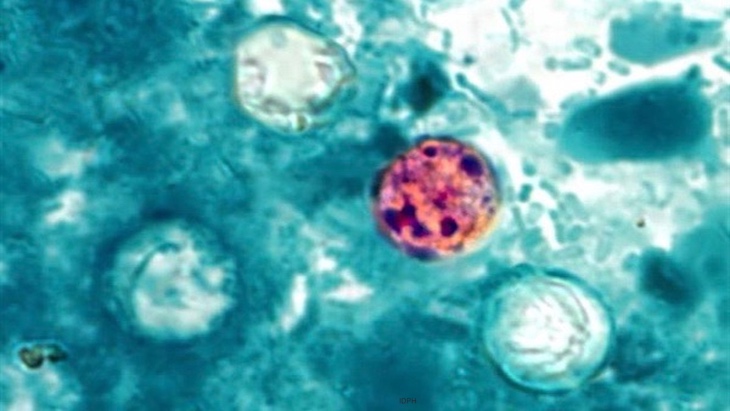Two cyclospora outbreaks continue to grow with no source named, according to the FDA‘s Core Outbreak Investigation Table. The first outbreak has increased by three cases to 38 sick, and the second has increased by one case to 127.

And there is no information about the possible source of these illnesses. These two clusters are a subset of the total number of domestically-acquired cyclospsoriaiss cases in the United States at this time. At least 864 people in this country have been sickened by this parasite since May 2021. The case count of the overall numbers has increased by 402 since the last CDC update on July 29 ,2021.
Traceback and site inspections have occurred for the larger outbreak, but the FDA is not releasing any information about these investigations unless they think there is action that consumers can take.
Previous cyclospora outbreaks have been linked to basil, mesclun, raspberries, vegetable trays, bagged salads, snow peas, and cilantro. It used to be that these items were imported into the country, but many of these contaminated items were grown and produced domestically in recent years.
The cyclospora parasite is deposited on fresh produce through human feces. The parasite itself must sporulate, or mature, in the environment before it becomes infectious, so this infection is not passed person-to-person.
It is difficult to protect yourself against this parasite, since it can cling stubbornly to produce, especially crinkled and crenelated produce such as leafy greens and fresh herbs. You can rinse produce before you eat it, but you will not remove all of the parasite oocysts or other pathogens, for that matter.
Symptoms of cyclosporiasis include unpredictable and explosive diarrhea that can confine patients to their homes for weeks or months. Other symptoms include lethargy, weight loss, loss of appetite, bloating, and gas.

If you or a loved one have been sickened with a cyclospora infection, please contact our experienced attorneys for help at 1-888-377-8900 or 612-338-0202.




